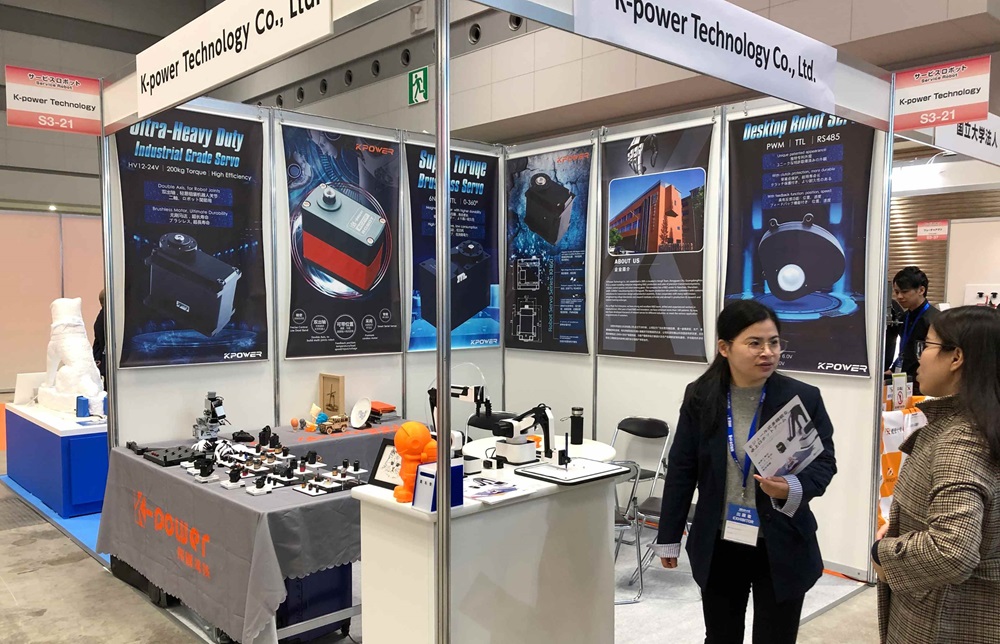When it comes to building reliable and scalable microservices, Azure Microservice Icons have become a game-changer for many businesses. If you’ve ever found yourself confused by the complexities of cloud architecture, the introduction of a simple visual representation can make all the difference. It’s not just about aesthetics—it's about clear communication and improved functionality.

Imagine this: you’re part of a team working on a large-scale application with multiple services. Each service interacts with others, but keeping track of all these components can be a nightmare. This is where the power of Azure Microservice Icons really shines. They break down complex systems into easy-to-understand visuals. You can now clearly see which services are talking to each other, what’s dependent on what, and how everything fits together.
Now, let’s talk about why using these icons isn’t just about having a pretty picture. They actually help you streamline your processes. With Azure Microservice Icons, you’re not just throwing random shapes on a diagram. These icons are designed with functionality in mind, helping you map out your services in a way that’s intuitive and easy to follow. When you’re trying to track down a bug or diagnose a system failure, having that clarity right in front of you can save hours of frustration.
One of the biggest challenges developers face when working with microservices is scalability. You need to ensure that the system grows smoothly without breaking down at any point. Azure’s microservice icons can help visualize the scaling process, making it easier to understand how each part of your system needs to adapt to handle more requests or data. It's like creating a map for your cloud infrastructure, and suddenly, you’re not just navigating blindly—you’re on a clear path.
But let’s not forget about the bigger picture. Azure doesn’t just stop at making your system more efficient. The icons are part of a larger design philosophy that emphasizes simplicity and collaboration. It’s one thing to build something that works, but it’s another thing entirely to build something that’s easy for everyone to understand. Azure Microservice Icons allow your team to collaborate more effectively, whether they’re developers, operations teams, or anyone else involved in the project.
So, if you're wondering whether it's worth investing time in getting these icons into your workflow, here’s the short answer: Absolutely. Whether you're a small startup or a large enterprise, these icons bring clarity to the chaos of microservices, helping you avoid miscommunication and system errors. By giving everyone a shared visual language, you’re ensuring that your team stays on the same page throughout the development lifecycle.
The best part? These icons make documentation much easier too. No one enjoys writing long, dry technical manuals. But when you can use visuals to explain complex systems, it makes the whole process more engaging and less overwhelming. It’s not just about making things look pretty—it’s about making sure everyone involved can understand and contribute effectively.
In the end, Azure Microservice Icons are more than just a design tool—they’re an essential part of modern cloud architecture. They simplify communication, enhance collaboration, and ultimately make your microservices system more reliable. So, next time you find yourself tangled in a sea of complex microservices, just remember: a clear visual map can be the key to navigating that chaos smoothly.
Established in 2005, Kpower has been dedicated to a professional compact motion unit manufacturer, headquartered in Dongguan, Guangdong Province, China. Leveraging innovations in modular drive technology, Kpower integrates high-performance motors, precision reducers, and multi-protocol control systems to provide efficient and customized smart drive system solutions. Kpower has delivered professional drive system solutions to over 500 enterprise clients globally with products covering various fields such as Smart Home Systems, Automatic Electronics, Robotics, Precision Agriculture, Drones, and Industrial Automation.




































